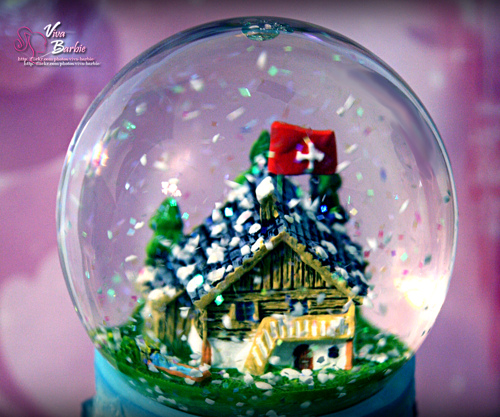 Back in 2000, Dr. Robert Schiller, co-founder of the S&P/Case-Schiller Home Price Index, stated in his book Irrational Exuberance that real estate prices in America were entering a bubble phase and becoming overvalued based on all past historical data valuations. While accepting his Nobel Prize in economics, he told the story of how he created the S&P/Case-Schiller Home Price Index and how he quickly realized through his research that we were entering a bubble. Dr. Schiller looked at home price data back to 1890 and concluded that over time home prices, when adjusted for inflation, closely track two things: population growth and income growth. If more people are being born, then more housing would be needed for all of those people and if people are making more money, they historically buy bigger homes and purchase even second and third homes. So far, so good; it makes perfect sense. Up until about the late ’90s these rules held true and things did make sense.
Back in 2000, Dr. Robert Schiller, co-founder of the S&P/Case-Schiller Home Price Index, stated in his book Irrational Exuberance that real estate prices in America were entering a bubble phase and becoming overvalued based on all past historical data valuations. While accepting his Nobel Prize in economics, he told the story of how he created the S&P/Case-Schiller Home Price Index and how he quickly realized through his research that we were entering a bubble. Dr. Schiller looked at home price data back to 1890 and concluded that over time home prices, when adjusted for inflation, closely track two things: population growth and income growth. If more people are being born, then more housing would be needed for all of those people and if people are making more money, they historically buy bigger homes and purchase even second and third homes. So far, so good; it makes perfect sense. Up until about the late ’90s these rules held true and things did make sense.
Then the first-ever real estate bubble in American history started to inflate. Regardless of motivation, the U.S. government began to apply pressure on the country’s two largest lenders (Fannie Mae and Freddie Mac) to begin lending more and more of their overall portfolio to “underserved communities” who the government felt deserved a shot at the American dream, even if they couldn’t afford it. To make a long story short, when George Bush left office over 54 percent of Fannie Mae and Freddie Mac’s loan portfolio had been made to people with low credit scores. As a result of all of these newly “qualified” buyers, the average price of a home in America more than doubled with barely any growth in population or household income from 2000 to 2006. The bubble eventually burst in 2008 and took many things with it as we all know.
Here is the question of the day: if 2008 prices were a bubble created by manipulative forces, and for over 100 years before, home prices in America were driven by income growth and population growth, which are lower today than they were in 2008, how could home prices in America be quickly on their way back to 2008 levels? If it was a bubble then, why is it not a bubble now? There are only two answers:
- Either 2008 was NOT a bubble and prices were justified back then; or
- We are in ANOTHER bubble and the ultimate result will be the same: crash!
Although today’s prices are not being driven by sub-prime money loans and government manipulation they are being driven by something else that has artificially inflated the price of homes over the last year. Next week we’ll talk about what that driver is and how it might affect every investment you own. Also, while you’re thinking about real estate and your personal risk exposure, always remember the 4 keys to ultimate success when it comes to investing: make sure it’s Liquid, Safe, pays a decent Rate of return, and whenever possible, is Tax-free (known as LASER-T).
*****
Information presented in this blog post is believed to be factual and up-to-date, but we do not guarantee its accuracy and it should not be regarded as a complete analysis of the subjects discussed. Discussions and answers to questions do not involve the rendering of personalized investment advice, but are limited to the dissemination of general information and may not be suitable for all readers. A professional adviser should be consulted before implementing any of the strategies presented.
photo credit: * Viva . ßarbie via photopin cc
